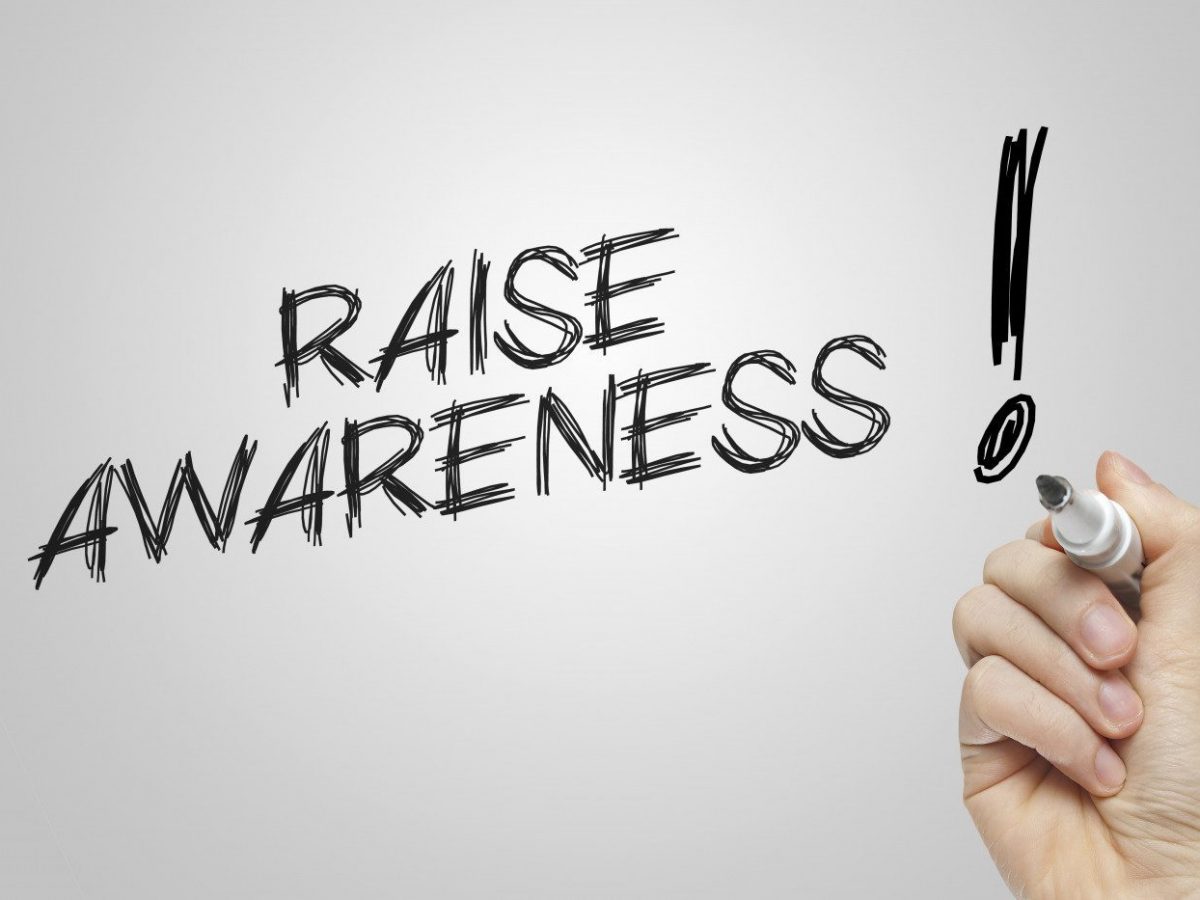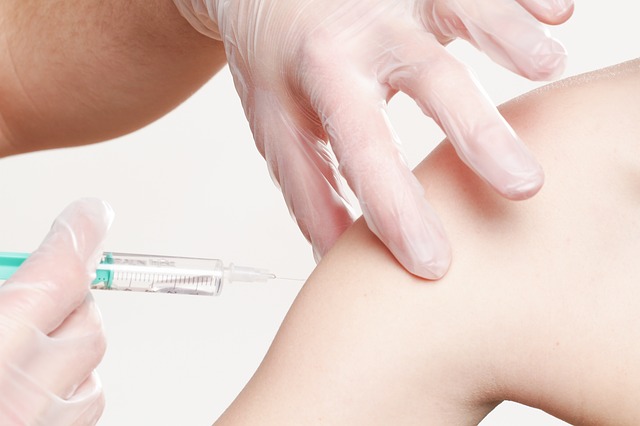Last Updated on November 8, 2023
The following article has been reposted with the permission of the Know Your Dose campaign, a valued partner of our BeMedWise program.
It goes by many names – cold and flu season, the “tripledemic,” and respiratory virus season are just a
few. Whatever you call it, we know that the colder months and more time indoors mean that many of us
will contract a cough, cold, or flu. If you or your loved ones do get sick and you’re using over-the-counter
(OTC) medicines to treat your symptoms, there are a few things you should keep in mind to help your
family stay healthy and safe.
Did you know that many commonly-used fever reducers and multi-symptom cold and flu medicines
contain a drug ingredient called acetaminophen? Medicines with acetaminophen can be a safe and
effective way to keep your cough, cold, and flu symptoms at bay, but taking more acetaminophen than
directed is an overdose and can lead to liver damage. The U.S. Food and Drug Administration has set a
maximum daily dose of 4,000 milligrams (mg) of acetaminophen in a 24-hour period.
Follow these four steps to use medicines with acetaminophen safely:
• Always read and follow the medicine label.
• Know if your medicines contain acetaminophen.
• Take only one medicine at a time that contains acetaminophen.
• Ask your healthcare provider or a pharmacist if you have questions about dosing instructions or
medicines that contain acetaminophen.
To learn more, visit KnowYourDose.org and follow @KnowYourDose on X/Twitter and Facebook.




